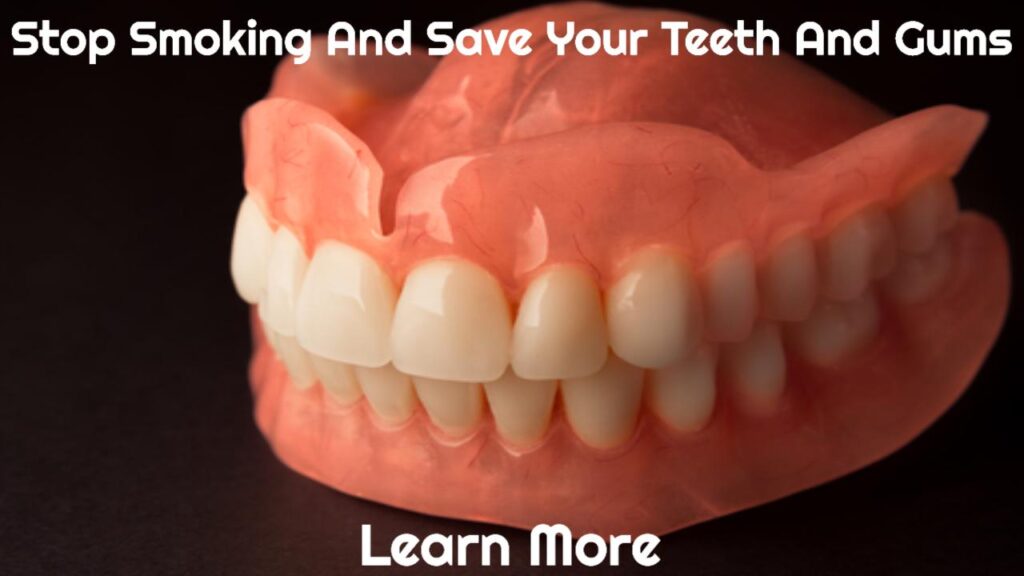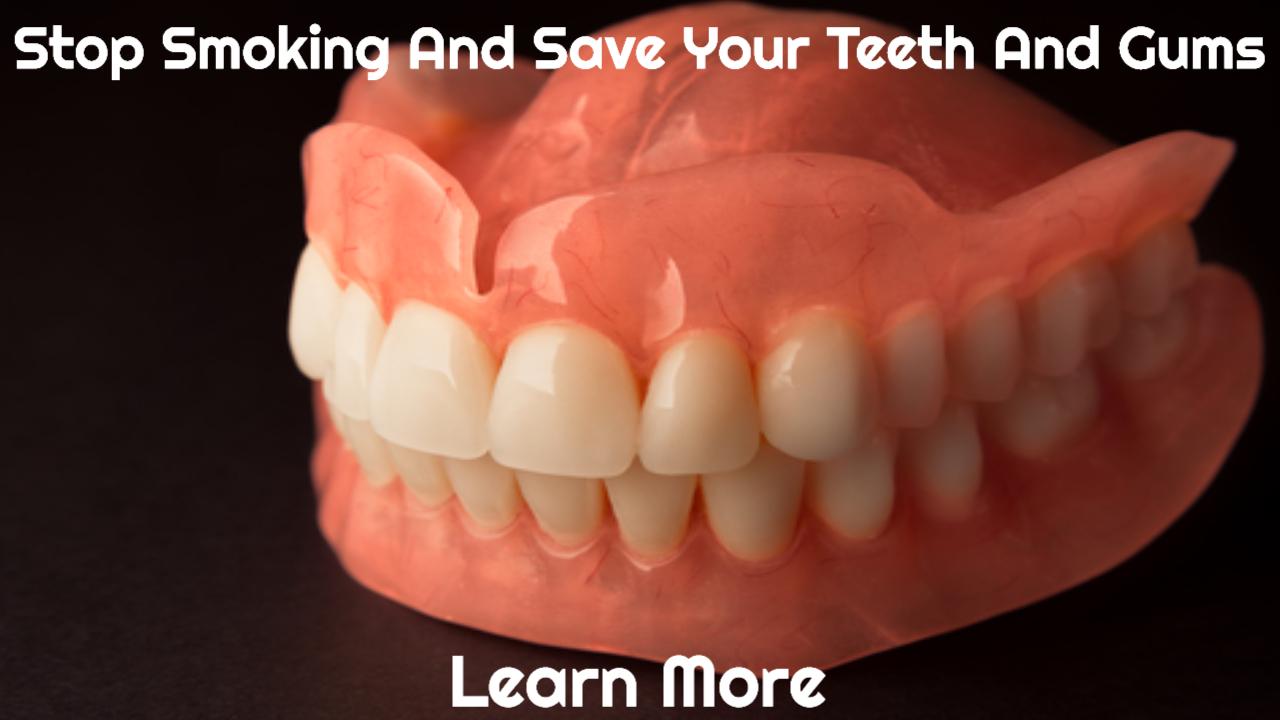Reduced Smoking Will Lower Your Chances of Developing Oral Health Problems
Smoking is a bad habit that can lead to a variety of health issues, including tooth loss and periodontitis. Unfortunately, quitting smoking for good is difficult. However, there are ways to quit smoking with assistance. Smoking cessation therapy can be helpful and is a cost-efficient option to quit smoking with assistance. Within a few weeks of quitting smoking, a person's body will begin to mend. Unfortunately, there is no way to repair the damage done by years of smoking, but quitting prevents additional damage and has numerous health benefits.
Effects of Smoking on Oral Health
Tobacco use results in unpleasant breath, tough stains on teeth, and poor oral health. It can impair the body's capacity to fight infections and heal, as well as lead to other health issues such as mouth and throat cancer. Smoking is one of the leading causes of oral cancer, and it kills thousands of individuals each year. Furthermore, smoking can cause teeth to move, loosen, or fall out. It might cause bone loss and impede the healing process of dental implants. As a result, bone grafting is difficult to do.
Effects of Smoking on Gums
Smoking and gum disease are inextricably linked. Periodontitis is one of the most common side effects of smoking. Those who smoke are more likely to acquire periodontitis. Cigarette smokers are twice as likely as nonsmokers to get gum disease. Their gums frequently respond poorly to dental treatment. The explanation for this is that smoking reduces the body's ability to fight illnesses. As a result, gum infections in smokers tend to be more severe. Smokers also have greater levels of plaque and calculus, which contribute to the recession of periodontal pockets. Smoking reduces blood circulation to the gums, making it more difficult for dentists to detect signs of gum disease in smokers. Furthermore, the ensuing infection may take significantly longer to develop than in nonsmokers' gums, making it more difficult to diagnose and treat.
What Are Periodontitis Symptoms?
Periodontitis, often known as gum disease, is a serious health issue. Gum disease and infection destroy delicate gum tissue as well as the bone that supports your teeth in place. People's teeth will loosen and fall out if they do not receive therapy. Furthermore, poor oral hygiene and a lack of dental checkups accelerate the condition.
The following are symptoms of this infection:
Gums that are swollen
Unhealthy gum colour (red or purple)
Bleeding gums
Breath that stinks
Chewing is painful.
Teeth that are loose
Gums that are receding from the teeth
There are further signs to check for. If a person suspects they have gum disease, they should seek treatment from their dentist. Treatment helps to prevent tooth loss.
Getting Help to Quit
Smokers with periodontitis, in particular, should seek treatment to quit smoking and halt the progression of infection and other health concerns involving the lungs and heart. Seeking smoking cessation counselling is one effective approach to quitting smoking. Professionals in Brazil have demonstrated that this treatment is cost-effective. Furthermore, persons who stop smoking have a better probability of halting the progression of gum disease and responding to medical therapy.
Brazilian public smoking cessation therapy has assisted thousands of people in quitting smoking. Stopping smoking reduces tooth loss and improves overall health. Furthermore, the cost of smoking cessation therapy is cheaper than the cost of medical treatment required by those who did not quit smoking.
Programs for Smoking Cessation
Gum, patches, inhalers, bupropion, and behavioural therapy are some of the options available to assist individuals quit smoking. These smoking cessation methods, when used alone or in combination, can be effective. Professionals assess patients in smoke-free programs to establish their history, the severity of their addiction, their motivation to quit smoking, and their physical and mental health.
Before beginning therapy, professionals educate patients on the benefits of quitting smoking as well as potential withdrawal symptoms. Following consultation with the patient, a treatment strategy that is appropriate for the patient is selected. The success of any smoking cessation program is dependent on how well it meets the needs of the patient. Why does the individual smoke? What advantages do they believe smoking provides? How many times have they attempted to give up? All of these factors contribute to the development of a long-term smoking cessation program.
For people who need to quit smoking, a combination of medicines and behavioural therapy appears to be the most effective. For better results, look for a program with a high success rate and a solid reputation among patients.
Brought To You By: Simply Smiles – Family & Implant Dentistry
The post Stop Smoking And Save Your Teeth And Gums appeared first on https://arquiaca.org
The post Stop Smoking And Save Your Teeth And Gums appeared first on https://wookicentral.com
The post Stop Smoking And Save Your Teeth And Gums appeared first on https://gqcentral.co.uk






